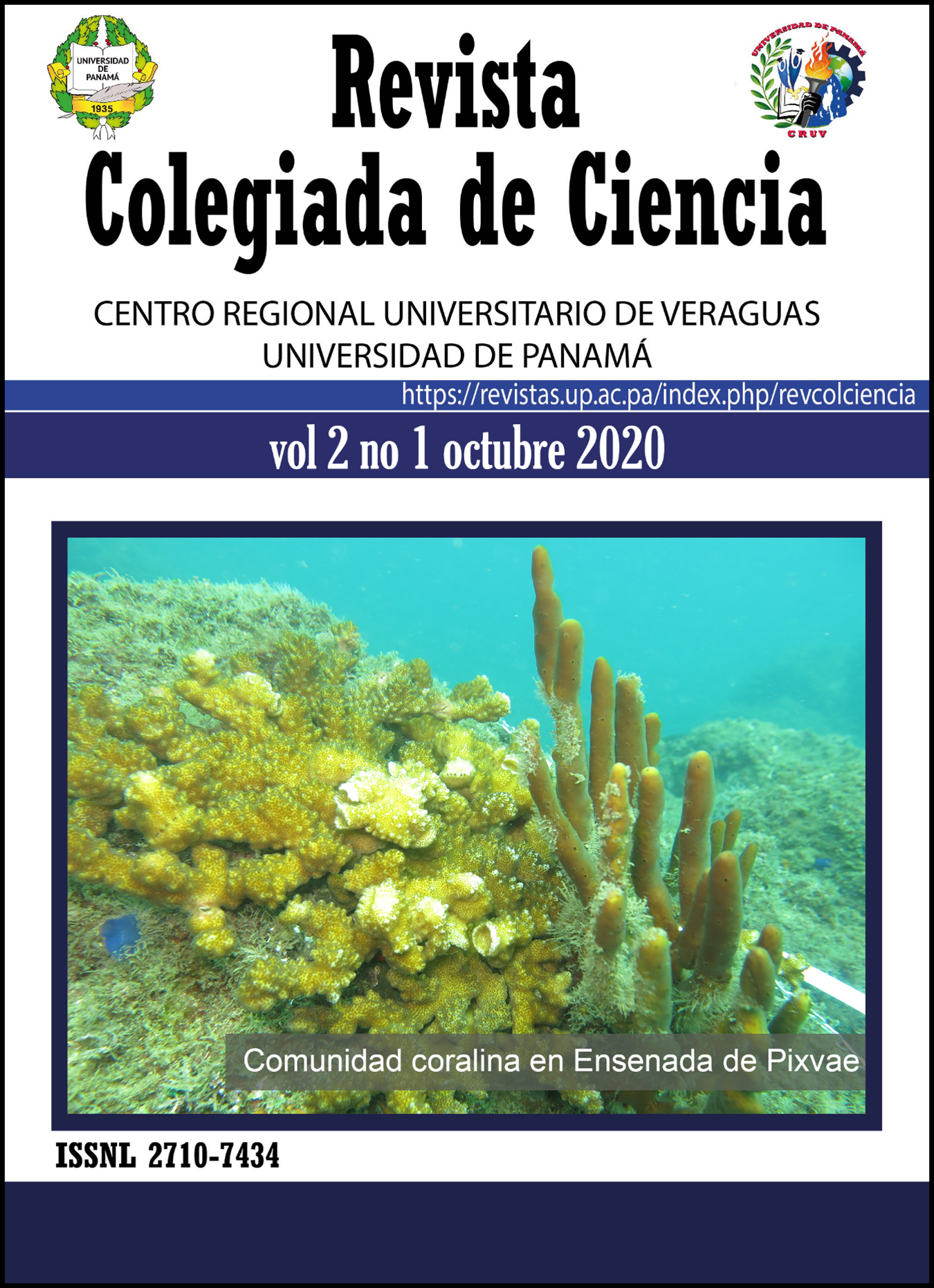

With geoecological tracing, the research attempts to conduct a comprehensive analysis of the water quality of a stretch of the Mensabé River, located in its lower basin. To this end, its morphoclimatic characteristics were determined, and the sensitivity analysis of the equations of Brown and Landwehr; was performed, as recommended for obtaining the Water Quality Index (WQI), taking into account the parameters of the National Sanitation Foundation (NSF). The meteorological data is compiled, in an ArcGIS 10.7.1 environment, with the help of the SRTM (Shuttle Radar Topography Mission) image, and the RapidEye image, the basin is delimited, the hydrotrope is located and the morphoclimatic classification is demarcated. Two sampling points are used, and the nine NSF parameters are collected to check the WQI. The results are calculated using the two aggregation methods (additive and multiplicative), selected, and, through these the percentage difference equation is used to estimate the degree of sensitivity of aggregation formulas. It is found that the study area belongs to the dry humid tropical region, seasonally; and that the multiplicative aggregation demonstrates greater sensitivity and restricts its results by 17.28 %, compared to the additive method. Finally, when replacing the fecal coliform parameter with totals, it is observed that the multiplicative equation becomes more sensitive and closes the results by 40.75 %.